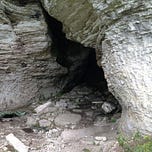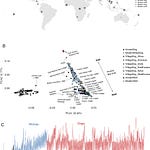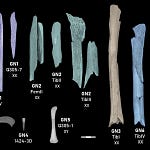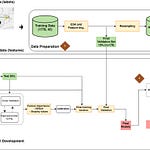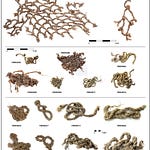The Island Without Mammals
Far out in the Baltic Sea, west of Gotland, lies the small limestone island of Stora Karlsö. Its grassy cliffs and seabird colonies make it a place defined by wind and water rather than terrestrial life. Even in prehistory, the island lacked its own population of land mammals. Whatever animals ended up there were passengers, not residents.

Which is why the discovery1 of two ancient wolves in Stora Förvar, a deep cave on the island’s eastern side, posed a puzzle that grew stranger the closer researchers looked at it. The bones, dated to the Late Neolithic and Bronze Age, belonged to canids whose ancestry was unmistakably wolf. Yet their diet, genetic signatures, and physical condition suggested something more complicated than occasional visits by wild animals.
The wolves had eaten marine food. They had lived long enough to acquire bone pathologies unlikely in wild, free-ranging predators. And the island’s isolation made it implausible that they arrived on their own.
“Wolves do not simply appear on a barren island eighty kilometers offshore,” says Dr. Regan Holmqvist, a zooarchaeologist at Uppsala University. “Such a presence implies human decisions rather than natural dispersal.”
These wolves, it seemed, had been brought there.
Listen to this episode with a 7-day free trial
Subscribe to Anthropology.net to listen to this post and get 7 days of free access to the full post archives.

